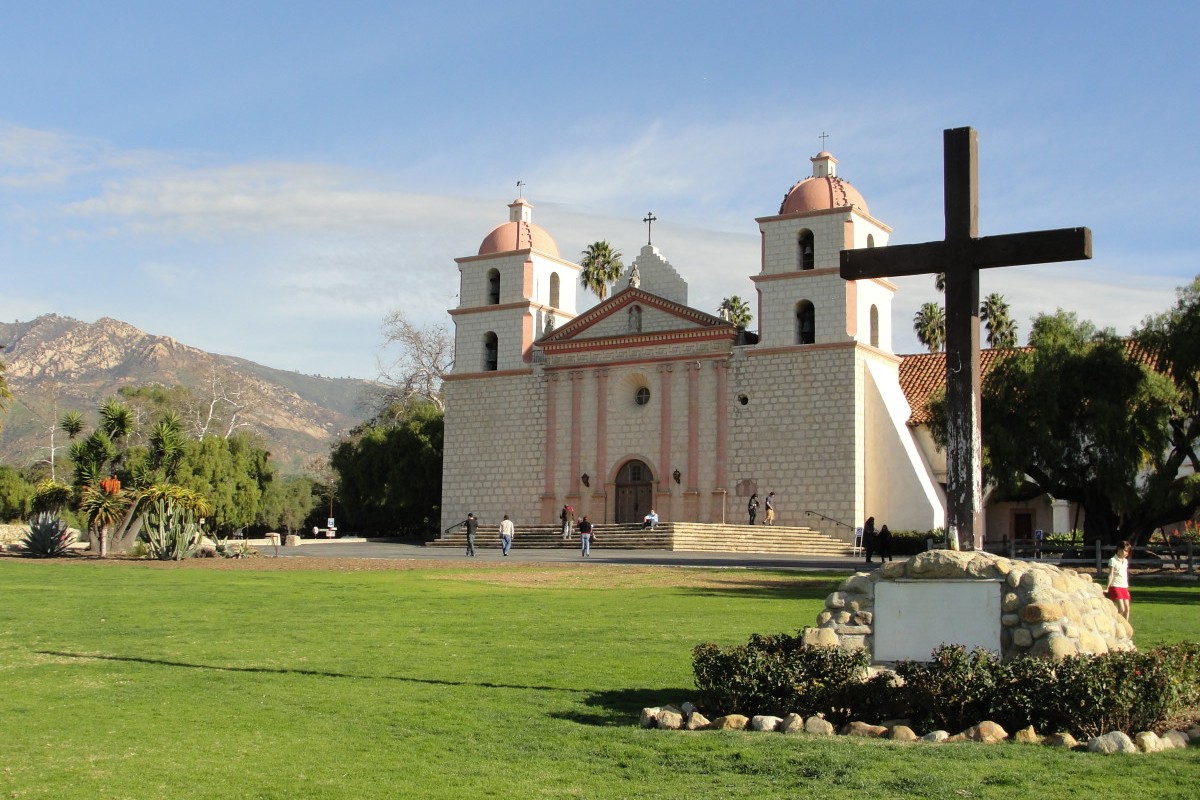Secrets Of California’s Mission Water Systems

Have you ever wondered how California's missions managed their water supply? These historic sites, built between the 18th and 19th centuries, had to find clever ways to ensure a steady flow of water for drinking, farming, and daily chores. The water systems of these missions were nothing short of ingenious. They used aqueducts, reservoirs, and even early forms of filtration to make sure they had enough water. Understanding these systems gives us a glimpse into the resourcefulness and engineering skills of the early settlers. Let's dive into the secrets behind the water systems that kept these missions thriving.
California's Mission Water Systems: A Historical Marvel
California's missions are not just historical landmarks; they are engineering marvels. The water systems built by Spanish missionaries in the 18th century were ahead of their time. These systems provided water for drinking, irrigation, and even industrial purposes. Let's dive into some of the most fascinating mission water systems in California.
Ingenious Water Systems at Mission San Diego de Alcalá
Mission San Diego de Alcalá, the first of the 21 California missions, boasts an impressive water system. This mission's waterworks were crucial for its survival and growth.
- Aqueducts: Ingeniously designed aqueducts transported water from the San Diego River to the mission. These channels were vital for irrigation and daily use.
- Reservoirs: Large reservoirs stored water, ensuring a steady supply even during dry periods.
- Lavandería: This communal laundry area used flowing water from the aqueducts, showcasing the mission's advanced planning.
Mission San Luis Rey de Francia: The King of Missions
Known as the "King of the Missions," Mission San Luis Rey de Francia had one of the most sophisticated water systems of its time.
- Stone Aqueducts: These stone structures carried water over long distances, demonstrating remarkable engineering skills.
- Water-Powered Gristmill: The mission's gristmill, powered by water, was essential for grinding grain into flour.
- Bathhouse: An elaborate bathhouse provided a place for hygiene and relaxation, using water from the mission's system.
Mission Santa Barbara: The Queen of the Missions
Mission Santa Barbara, often called the "Queen of the Missions," had a water system that was both functional and beautiful.
- Dams and Reservoirs: Dams were built to create reservoirs, ensuring a reliable water supply.
- Fountains: Ornate fountains not only provided water but also added to the mission's aesthetic appeal.
- Irrigation Channels: These channels irrigated the mission's gardens and orchards, supporting its agricultural activities.
Mission San Juan Capistrano: A Blend of Beauty and Utility
Mission San Juan Capistrano is famous for its swallows, but its water system is equally noteworthy.
- Zanja: This open ditch system transported water from nearby streams to the mission.
- Cisterns: Large cisterns stored water for use during dry spells.
- Industrial Uses: Water was used for various industrial purposes, including tanning hides and blacksmithing.
Mission San Gabriel Arcángel: The Pride of the Missions
Mission San Gabriel Arcángel had a water system that was crucial for its agricultural success.
- Acequias: These irrigation ditches watered the mission's extensive fields and vineyards.
- Water Wheels: Water wheels powered mills and other machinery, showcasing the mission's ingenuity.
- Public Baths: Public baths provided a place for hygiene and socializing, using water from the mission's system.
Mission Carmel: A Testament to Innovation
Mission Carmel, also known as Mission San Carlos Borromeo de Carmelo, had a water system that was both practical and innovative.
- Aqueducts: These channels transported water from the Carmel River to the mission.
- Water Gardens: Beautiful water gardens showcased the mission's ability to blend utility with aesthetics.
- Fish Ponds: Fish ponds provided a source of food and demonstrated the mission's self-sufficiency.
California's mission water systems are a testament to the ingenuity and resourcefulness of the Spanish missionaries. These systems not only supported the missions' daily needs but also contributed to their agricultural and industrial success. Exploring these waterworks offers a glimpse into the past and a deeper appreciation for these historical landmarks.
The Legacy of California's Mission Water Systems
California's mission water systems showcase remarkable engineering and ingenuity. These systems, built by Spanish missionaries, were vital for agriculture, daily living, and community growth. They transformed arid landscapes into fertile lands, supporting crops and livestock.
Visiting these historic sites today offers a glimpse into the past. You can see aqueducts, reservoirs, and irrigation channels that still stand as a testament to the skills and knowledge of early settlers. These water systems not only highlight the importance of water management but also the resilience and adaptability of human communities.
Understanding the history of these water systems enriches our appreciation for California's heritage. It reminds us of the critical role water plays in sustaining life and the innovative solutions developed to harness this precious resource. Exploring these sites provides a deeper connection to the state's rich cultural and historical tapestry.

